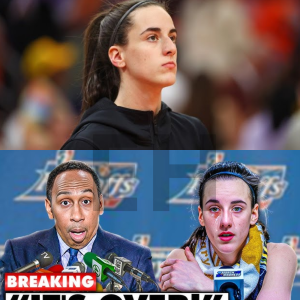In the latest episode of Crain & Company, a heated discussion erupted around what is being called “Caitlin Clark Derangement Syndrome” — a term coined by critics to describe the polarized reactions surrounding the superstar point guard of Iowa’s women’s basketball team. The controversy centers on reporters being criticized for raising questions about how Clark is targeted on the court by opposing teams.

During post-game interviews and media sessions, some journalists dared to ask whether the intense defensive pressure and physical play directed at Clark might border on unfair targeting. What followed was a wave of backlash, with these reporters being smeared online and accused of pushing a narrative that undermines the competitive nature of basketball. The term “Caitlin Clark Derangement Syndrome” has since gained traction, reflecting how polarized opinions have become on this topic.

Jake Crain, host of Crain & Company, broke down the issue, arguing that it’s fair to raise questions about how players like Clark are defended, especially considering her role as one of the top talents in the game. He pointed out that athletes of her caliber often face tougher and more aggressive defense because of their dominance. But Crain also emphasized that asking these questions shouldn’t lead to reporters being vilified.

The conversation with Crain’s co-hosts highlighted the growing tension between media coverage of women’s sports and the sensitivity around protecting star players from undue scrutiny. While some argue that Clark should be treated like any other elite player and face tough defensive schemes, others believe there’s a fine line between aggressive play and unfair targeting.
Caitlin Clark herself has remained professional in her responses, rarely addressing the controversy directly and continuing to let her performance on the court speak for itself. However, the debate over how she is treated in the media and by opponents continues to spark passionate discussions.
As women’s basketball rises in prominence, the handling of its star athletes will only become more important, and the media’s role in shaping that narrative will remain under scrutiny.





